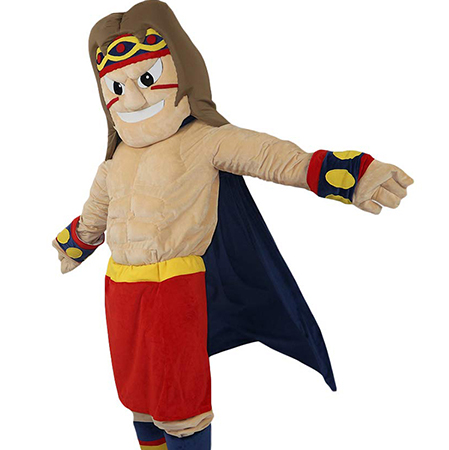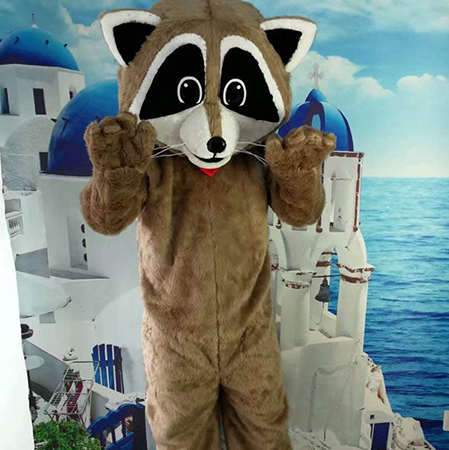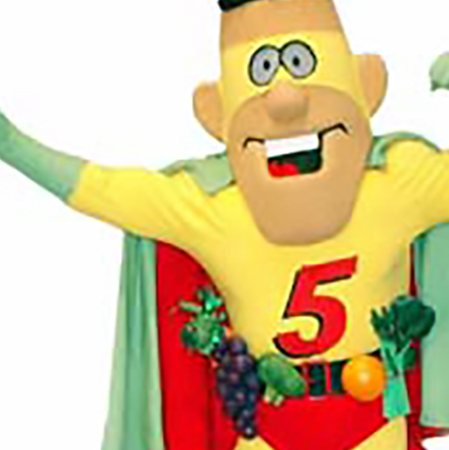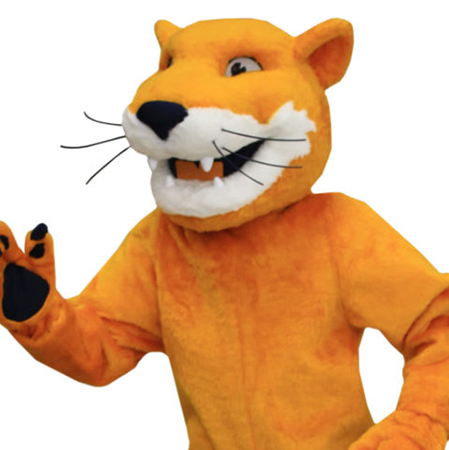Lion mascots are more than just colorful costumes worn by performers; they represent the spirit and identity of sports teams, organizations, or events. These larger-than-life characters engage with audiences through nonverbal communication, embodying strength, courage, and playful energy.
One of the key elements in a lion mascot’s performance is body language. Every leap, pounce, and gesture conveys a message to the audience. When a lion mascot bounds onto the field or court, it exudes excitement and enthusiasm, instantly energizing spectators. Its movements should be exaggerated yet controlled, mimicking the powerful yet graceful nature of a real lion. This requires extensive training and practice, as the performer must learn to move fluidly within the confines of the cumbersome mascot costume.

Eye contact is another essential aspect of nonverbal communication for lion mascots. Making direct eye contact with fans, players, or participants fosters a sense of connection and engagement. A well-timed wink or a nod can evoke cheers, laughter, or even emotional support. The eyes, often the only visible part of the performer’s face from within the mascot head, become windows into the character’s personality. They can express joy, determination, empathy, and encouragement without uttering a single word.
Facial expressions, albeit limited within the mascot head, play a crucial role in conveying emotions. A slight tilt of the head or a specific way of positioning the mouth can indicate curiosity, approval, disapproval, or surprise. While the performer cannot rely on traditional facial expressions due to the costume’s design, mastering these subtle nuances allows the mascot to communicate effectively with the audience.

Gestures also contribute significantly to the silent roar of a lion mascot. A raised paw can signal a high-five invitation or a celebratory moment, while a gentle nudge might encourage a shy child to come closer. These gestures help break down barriers between the performer and the audience, creating an inclusive atmosphere where everyone feels involved and appreciated.
Sound effects further enhance the nonverbal communication of lion mascots. Although they don’t speak, the roar of a lion mascot can resonate through stadiums, amplifying emotions and adding dramatic effect to key moments. This auditory element complements the visual cues, providing a multisensory experience that captivates the audience.

Interaction with the crowd is perhaps one of the most vital components of a lion mascot’s performance. Whether engaging in high-fives, taking selfies, leading cheers, or participating in pre-game activities, these interactions solidify the bond between the mascot and its admirers. Each interaction is an opportunity for the mascot to reinforce positive emotions and create lasting memories.
In conclusion, the silent roar of a lion mascot lies in its ability to communicate effectively through nonverbal means. From body language and eye contact to facial expressions, gestures, sound effects, and crowd interaction, every element works together to bring the character to life. Mastering these skills allows the performer to transcend the costume and connect with people on a deeper level, making the experience truly memorable for all involved.

